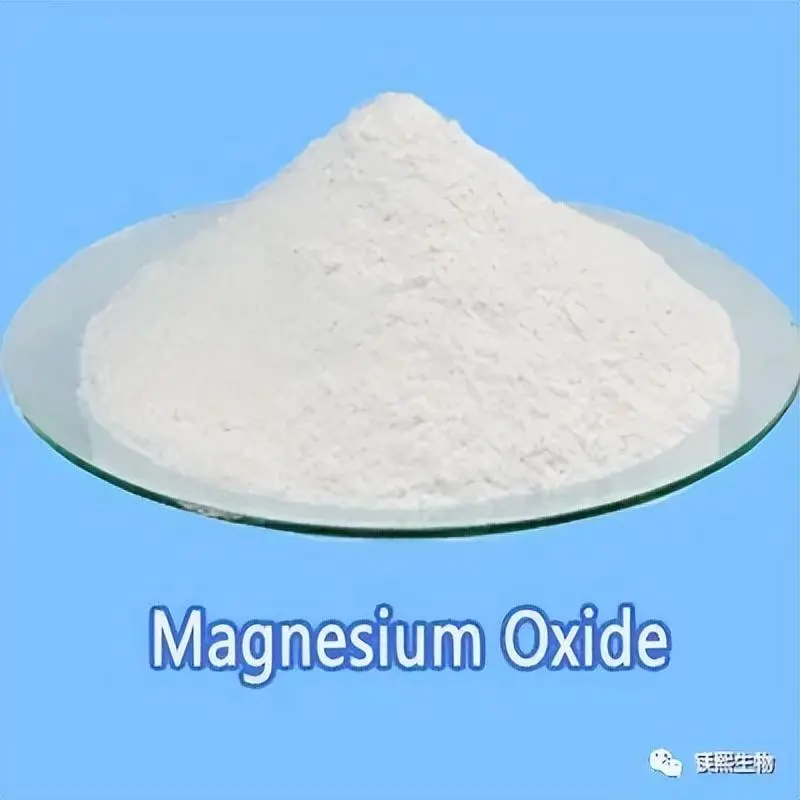Hebei Messi Biology Co., Ltd. stated that during the calcination process of Co-Mo-based high-temperature shift catalysts prepared by kneading method, the reaction performance of the magnesium source has an important influence on the performance of the catalyst. Using magnesium oxide as the magnesium source, the effects of different magnesium oxides and magnesium oxide contents on the performance of Co-Mo-based high-temperature shift catalysts were studied.

The results show that the grain size and particle size of magnesium oxide affect its reaction performance with pseudo-boehmite and metatitanic acid. The smaller the grain size and particle size, the more conducive it is to the formation of magnesium aluminum spinel and magnesium titanium spinel, and the less residual free magnesium oxide in the catalyst, which is conducive to improving the stability of the catalyst; the magnesium oxide content affects the strength and activity of the catalyst. Under the experimental conditions, with the increase of magnesium oxide content, the strength of the catalyst increases, and the activity shows a trend of first increasing and then basically unchanged; when the mass fraction of magnesium oxide is 23% and 25%, the catalyst has better strength and activity. The catalyst prepared with magnesium oxide as the magnesium source has higher stability than the industrial catalyst.
Hebei Messi Biology Co., Ltd. is an entity enterprise that controls the production from raw materials to finished products. Its subsidiary Tibet Mag Technology Co., Ltd. relies on the Bange Lake hydromagnesite in Nagqu, Tibet for research and development and production. The proven reserves of the ore are 55 million tons and the prospective reserves are 100 million tons. A 10,000-ton hydromagnesite high-end powder deep processing production line has been built in the Tibetan-Qinghai Industrial Park. It can ensure the stability and consistency of raw materials and the timeliness of product supply quantity. The company has a variety of production processes such as brine method and ore method. It can produce different categories of products such as pharmaceutical and food grade, high-purity nano-grade, and ordinary industrial grade. The annual output of magnesium oxide products is 50,000 tons, magnesium carbonate is 30,000 tons, magnesium hydroxide is 60,000 tons, and magnesium sulfate is 10,000 tons; according to the special requirements of the user industry, it can tailor industry-specific products to meet the special needs of various users.
